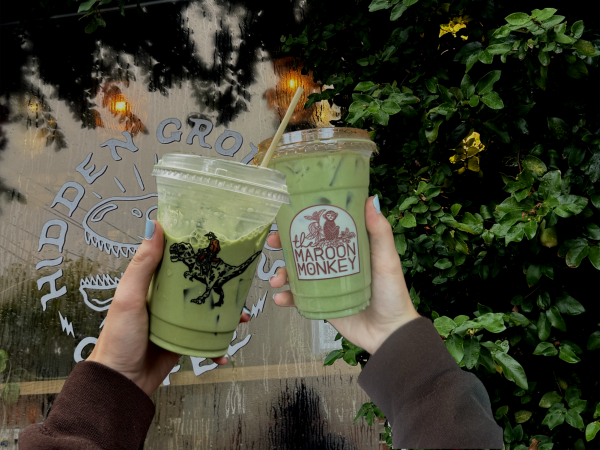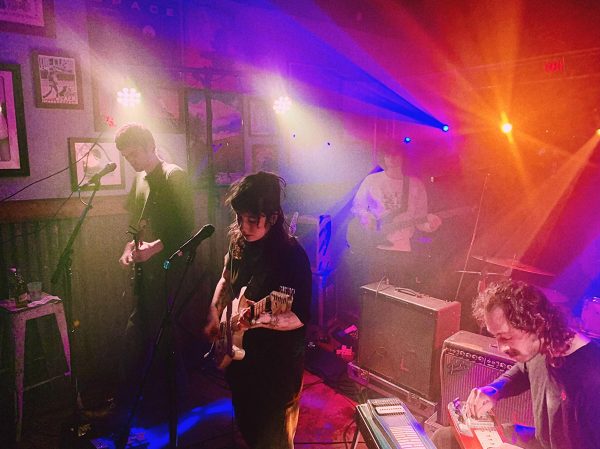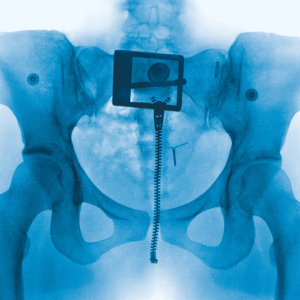REVIEW: Swipe left on ‘How I Met Your Father’s portrayal of the new generation
The 2005 to 2014 television series “How I Met Your Mother” remains one of the most widely recognized sitcoms to date. From the characters, to running gags, to romantic plotlines, it is a joy to watch, even with its nine seasons of buildup. The delivery is gradual by today’s standards, but still one that audiences find themselves invested in.
With the recent influx of reboots, it is no wonder that this iconic show receives its own. Hulu’s new series “How I Met Your Father,” an obvious spinoff, released its first two episodes on Jan. 18, with eight more to follow in the current season. Set in our modern technologically driven age, there is a lot of potential for the show to comment on dating and relationship dynamics in today’s context.
That seems to be its aim so far, opening on our new “Ted Mosby,” Sophie (Hillary Duff), in search of a romantic relationship via online dating. Following in Ted’s long-winded footsteps, an older Sophie (Kim Cattrall) begins her narration of the events that will reveal “the father.” Unlike the original, though, she implies at the end of the first episode that one of the four men she meets that day—Ian (Daniel Augustin), Jesse (Christopher Lowell), Sid (Suraj Sharma) and Charlie (Tom Ainsley)—will be the man she marries.
This is not the only change. The original cast of five gains an extra member in this reboot. Including Sophie and the four boys, there is Sophie’s best friend Valentina (Francia Raisa) and Jesse’s adopted sister Ellen (Tien Tran). The group is thrown together rather randomly, with Sophie fatefully meeting Jesse and Sid when Ubering to her date with Ian, and they spend the first two episodes tackling Sophie’s romantic problems.
“How I Met Your Father” is perfectly poised to comment on the new generation, both in the way it portrays its characters and their dynamics. Based on the trailers and the knowledge of what the original show was based in—finding friendship and love—viewers are correct to expect commentary on modern dating. “How I Met Your Mother” followed the evolution of the 2010s, so it is natural to expect this from its reboot. However, this apple falls far from the tree. Between the flat, caricaturized cast and the underdeveloped, cliché image of modern dating, it fails to deliver something that captures the spirit of today.
Beginning with characters, this sixsome is at best mediocre, and at worst either unlikeable or caricaturized. Sophie, the supposed Ted Mosby of the group, is strangely attached to Ian after one date. Jesse, though enjoyable at first, has some “Nice Guy” moments in the second episode. Valentina is immature in her communication. It is difficult to feel attached to these three characters in moments where these aspects of their personalities flare up, which is annoyingly often. When half the cast is unlikeable, there is a fundamental writing problem.
The remaining three are enjoyable enough, with Sid seeming the most reasonable and fleshed out character. However, Charlie and Ellen fall into a caricature category that is harmful for them both. Charlie’s sheltered past becomes the butt of the joke for everyone, which is strange, especially in the context of his relationship with Valentina when he has accepted ostracization from his family to be with her. This show is yet another to fall into the disturbing habit of founding their one LGBTQ+ character’s personality on the fact that they are LGBTQ+, as the majority of Ellen’s talking points and jokes stem from her lesbianism. These are uncomfortable choices, leading these two to feel flat even though they pack great potential.
This strange combination of characters inevitably makes the group dynamic puzzling. In the original series, each character’s presence in the cast made sense, and the balanced group dynamic resulted in the show’s successful sense of reality and fun. In “How I Met Your Father,” however, there is a lack of unity. Sophie and Valentina knew each other before their introduction, and so did Jesse, Sid and Ellen. However, these relationships are given no foundation, an amateur mistake that its predecessor addressed immediately. They lack the nuance and detailed knowledge that indicates deep friendship. Whether this is a result of bad acting or writing is anyone’s guess.
Combining the six makes this even more obvious, as their conversations are just as bland with their previous friends as they are with people that are brand new to them. Unless it is for a gag, as is Charlie’s case as he tries to bond with the other guys in the second episode, or Jesse’s as he tries to impress Sophie, there is no indication that this is a group of people that are new to one another. This dynamic lacks the charm and nuance that went into both the carefully crafted relationships of “How I Met Your Mother” as well as that which defines blossoming friendships. The fact that these characters are so bland makes for a disappointing representation of the current generation, lacking the familiarity of real relationships. Social media makes for easier connection, but it still has to be worked for.
On the topic of media, the technological premise that the show built up in its advertising falls disappointingly flat. The modern-dating aspect of the story is hardly present beyond simple texting, which, ironically, might be more of a plot point in “How I Met Your Mother.” Before Ian and Sophie meet on Tinder, the first episode explores only one painfully over-the-top bad date from her past dating app experiences. None of the nuances of such platforms—the talking stage pitfall, the potential for danger, the real possibility for lasting connection—is given much room at all. While this is only one episode, this technological dating age seems to be a key focus. A lack of foundation makes Ian and Sophie’s rushed connection feel insufficient, especially when it stretches into the second episode.
Getting lost in technology is a cliché approach the plot takes as Sophie struggles to let Ian go, but the complete lack of foundation for their relationship makes this incredibly unconvincing. There is potential intrigue in the fact that Ian has rejected her yet continues to keep in contact, but the definite answer he gave in the previous episode negates this impact. Instead of commenting on talking stages or on the disappointment Sophie may feel after a good dating app experience does not ultimately pan out, the show seems to berate her for being on her phone instead of living in the moment. This is not a meaningful approach. While there is more time to correct this mistake, it is a message that does not seem to understand its own targeted audience.
To this series’ credit, it does defy some expectations. The first episode places consistent obstacles in Sophie’s way in her potential relationship with Ian, killing the hopeless romantic view that she, for whatever reason, holds so desperately. Other characters learn lessons early on, specifically Charlie and Valentina as they navigate their new relationship. The reference to the apartment is also endearing. Beyond this, though, the majority of what occurs feels more like filler than actual content. It rushes moments that might have been impactful if they had been given some room to breathe.
This series has only these two episodes out so far, but based on what it seems to be setting up, it is likely that “How I Met Your Father” will be another disappointing reboot. What could have been something fresh and uniquely riveting, not relying on the appeal of the original, is instead more bland television.











